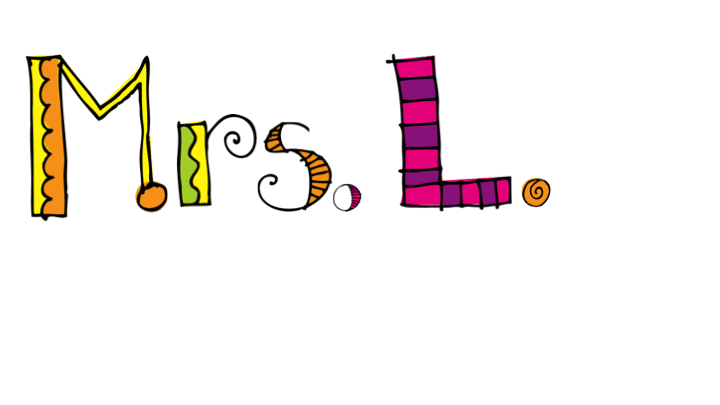Does your school district use the Marzano Framework to evaluate its teachers? Are you anxious when you log into iObservations and take a peek at what’s expected of you? If you’re feeling stressed about what seems like a very complex system, stayed tuned for the next four weeks! This blog-post series will help you seamlessly navigate through the most important domains of the Marzano framework.

This is the first in a series of four blog posts that will help you become more familiar, and more confident, with the Marzano and iobservation platform. In this blog, we will break down one of the more important elements of Domain1 in the Marzano system. Domain 1 encompasses Classroom Strategies and Behaviors, many of which will (or at least should) take place during an instructional lesson–and hopefully during your teacher observation as well! Let’s begin by taking a closer look at a few key strategies of Marzano instruction, strategies that will help with improving student learning, but which will also take away some of the stress from the teacher evaluation process.![]()
Learning Goals and Scales
Learning goals and scales are a part of the Marzano framework that make it easier to guide your instruction. Also, with the use of learning scales, students are able to take ownership by visually tracking their own progress. This ability to see their progress in a tangible way lessens the chance that they will get discouraged, and more importantly, helps them to stay within an essential growth mindset.
Learning goals are easy for both students and teachers to comprehend. The learning goal is simply what it is you want the student to be able to do/know (or demonstrate) by the end of the instructional lesson/unit.
Learning Scales
Creating a learning scale is a bit complex at first, but once you’ve made a few of them, the process goes much faster and easier. The term ‘scale’ is often used interchangeably with ‘rubric,’ so if you’re comfortable with using rubrics, then you’re already halfway there! A Learning Scale can range from 0 to 4, or 1 to 4, with zero meaning the student is not at all familiar with the standard that’s being taught. For each standard that you want to teach, and each scale you create, you should write the standard at the top of the scale. Then, the steps to get to the goal/standard become the descending numbers on the scale. The number 4 represents mastery and the number 3 represents proficiency, with regard to that standard. It’s important to remember that each of the numbers on the learning scale represent the level of proficiency or understanding of that standard. If a student scores a zero on a particular learning scale, then it simply means they are not yet familiar with that standard. Students don’t feel anxious about not knowing something they’ve never been taught, so this is another plus for using learning scales. Here are some truly helpful examples for 2nd grade math! If you need examples of secondary learning scales, this is a very helpful set as well.
Keep in mind that whatever standards you’re using, whether it’s common core or another set that your state uses, the standard always goes at the top of your scale and it serves as the learning goal for that particular scale.
Differentiated Instruction
Once you have scales made up for a unit of study (for example, Science: biomes) you can use the scales to create a pre-test, or pre-assessment, (perhaps consider keeping these sets of scales in a student’s own ‘Science Learning Booklet’). The pre-test, made up of the scales that you created, is a low-stress way of gauging where your students are within their knowledge of biomes, for example. Once you have evaluated the pre-test, and students have seen their scale levels, they know exactly what they need to learn in order to reach their learning goals. Another fabulous outcome is, after looking at the pre-test results, you also have a ready-made set of differentiated groups within the class! Students who already show proficiency and mastery of biomes can be excited about perhaps pursuing independent work for various topics they’d like to research. At the same time, students who need extra help will be able to work with you in smaller groups and receive the instruction they need to master the standard.
Once the lessons have been completed on the standard/topic (using our example of biomes), all students will be given the exact same pre-test/pre-assessment, to work on again. Remember, you’re not just using something that looks like the same pre-test as before, you’re using the actual pre-test from before—but now as a post-test, so that students can pick up where they left off and see how much they’ve learned! Using the same pre-test also cuts down on test anxiety for many students as well. It’s also a phenomenal way of showing students how much progress they’ve made, how much they’ve learned, and that they can feel better about themselves as they visually track their own learning with the scales.

Whether you’re a fan of the Marzano framework or not, it’s clear that learning goals, scales, and rubrics, really do provide a pathway to excellent instruction and improved student learning. Once you make a habit of using the learning scales, the pre- and post-tests, they will become second nature to you (and your students!), demonstrating to your administrators your mastery of Domain 1 during your Marzano-based Teacher Observation.
Does your school district use the Marzano system? What are your experiences with it? I’d love for you to share any tips and advice in the comments below! Click here for the next blog post in this series…Tracking Growth.
 Thank you to Elyse Jahnke for her comments regarding the…
Thank you to Elyse Jahnke for her comments regarding the…



Trackbacks/Pingbacks